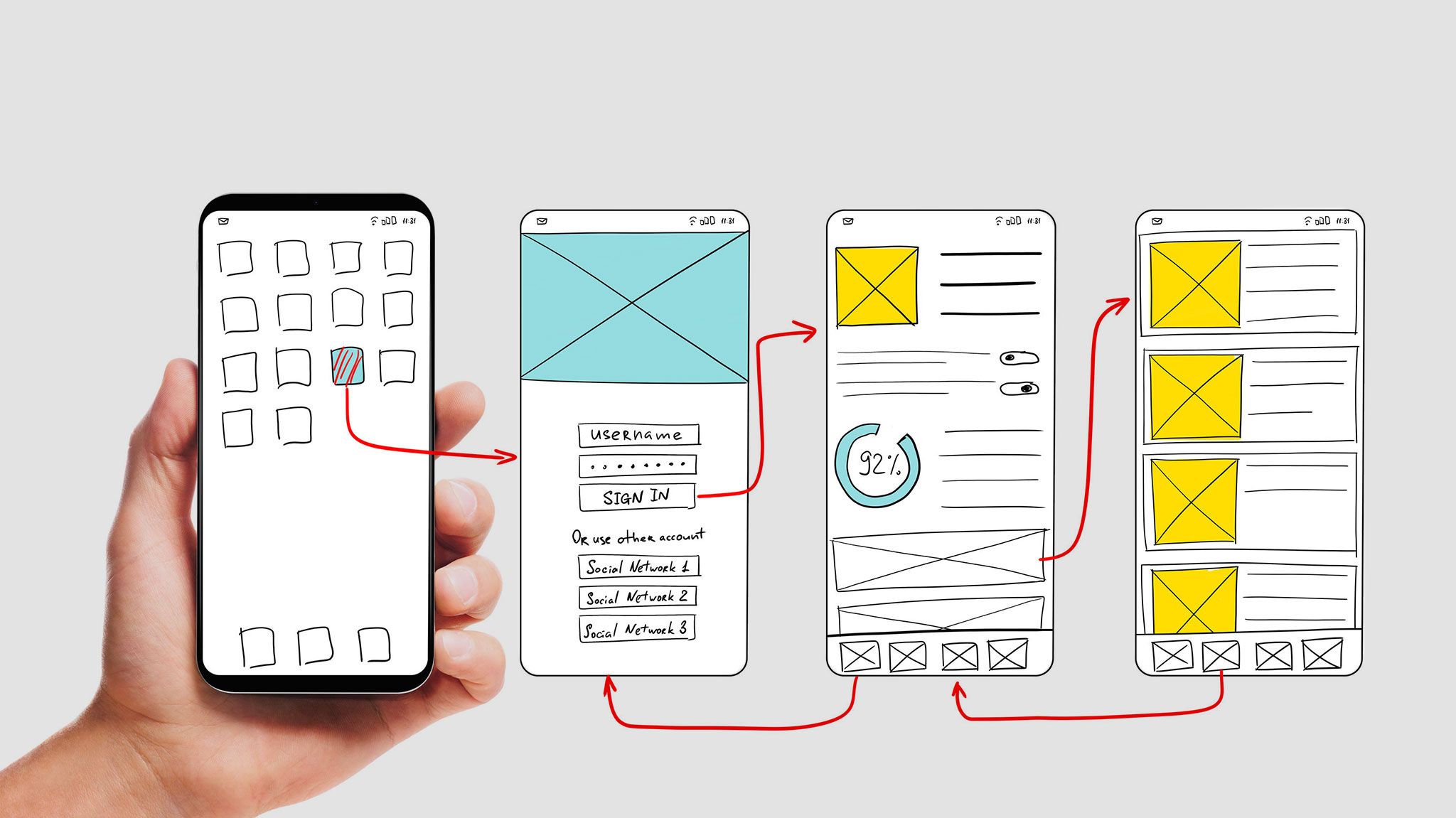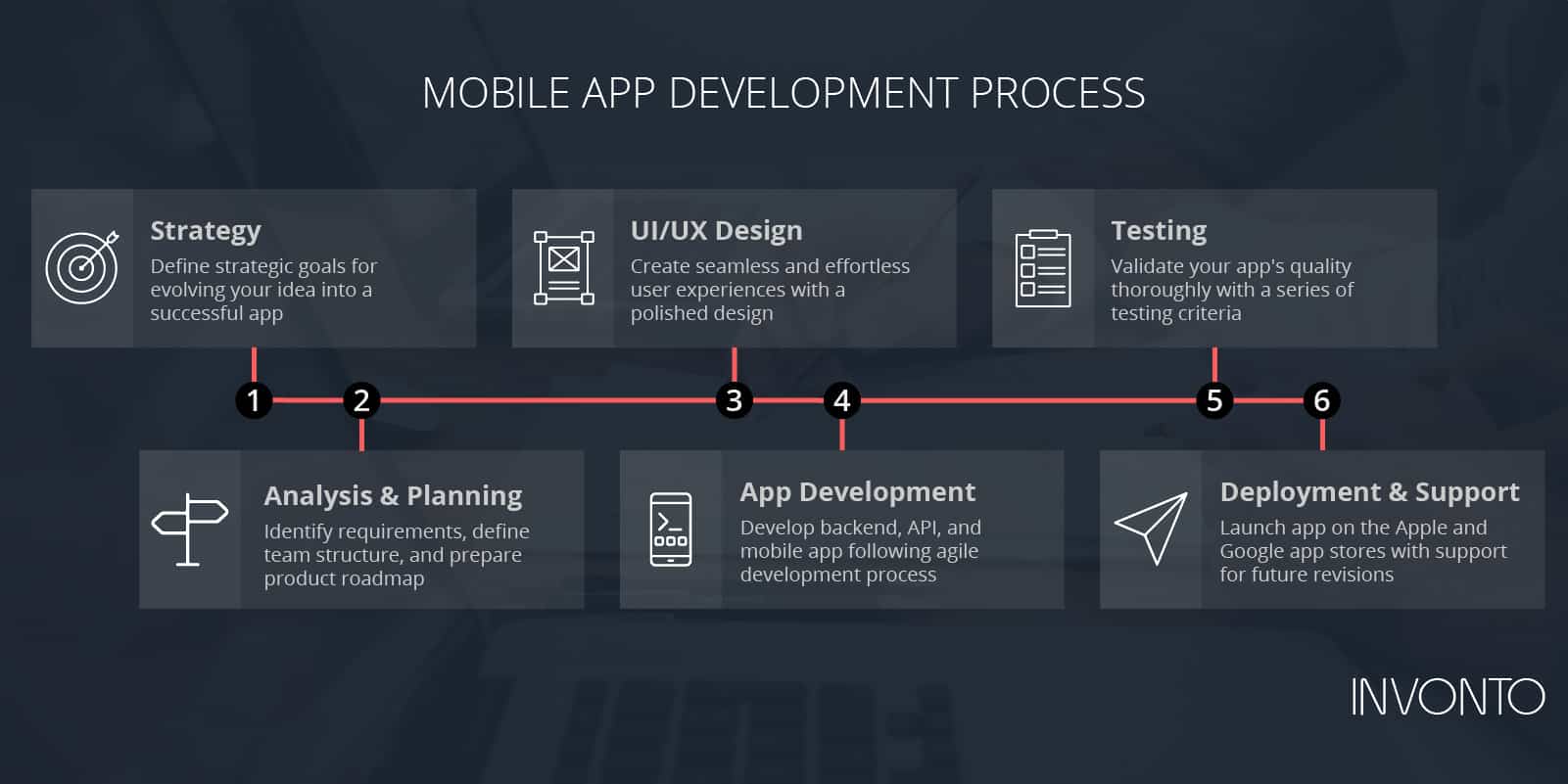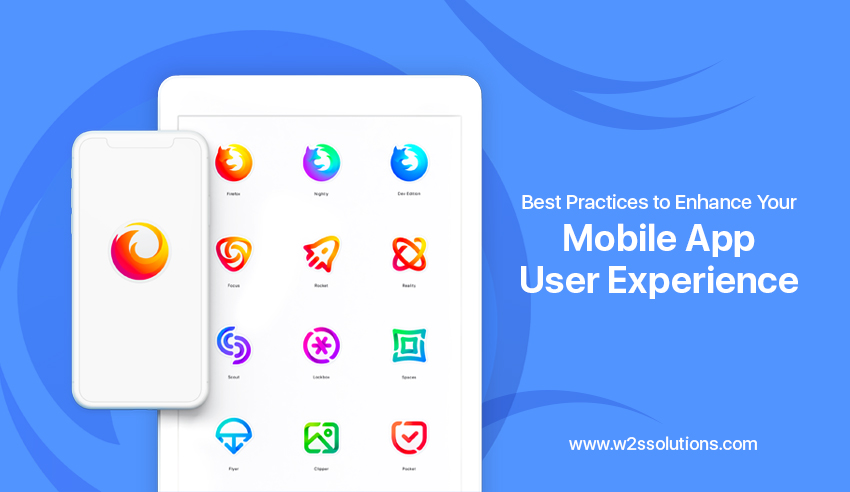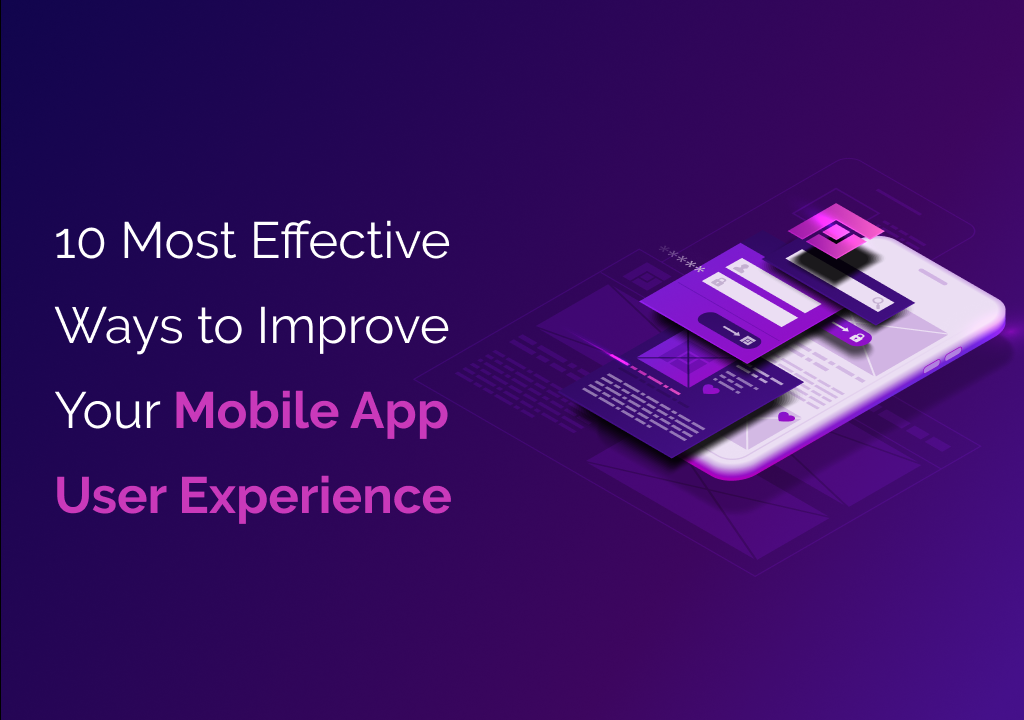The Power of Background Processes: How iPhone Apps Enhance User Experience Beyond the Foreground
Related Articles: The Power of Background Processes: How iPhone Apps Enhance User Experience Beyond the Foreground
Introduction
In this auspicious occasion, we are delighted to delve into the intriguing topic related to The Power of Background Processes: How iPhone Apps Enhance User Experience Beyond the Foreground. Let’s weave interesting information and offer fresh perspectives to the readers.
Table of Content
The Power of Background Processes: How iPhone Apps Enhance User Experience Beyond the Foreground

The modern smartphone experience is defined by its seamless integration into our daily lives. We rely on apps for everything from communication and navigation to productivity and entertainment. But what happens when we switch away from an app? Does it simply cease to exist, or does it continue to operate in the background, silently working to enhance our experience?
The answer lies in the concept of background processes. While we interact with an app in the foreground, its functionality might continue to operate behind the scenes, performing tasks that enrich our overall experience. This article delves into the intricacies of background processes on iPhones, exploring their significance, benefits, and limitations.
Understanding Background Processes
When an app is actively in use, it occupies the foreground, receiving direct user input and displaying its interface. However, when we switch to another app or lock our phone, the foreground app transitions to the background. This doesn’t necessarily mean the app stops functioning entirely. Instead, it enters a state where it can continue performing certain tasks, subject to specific limitations and system restrictions.
The Benefits of Background Processes
Background processes play a vital role in enhancing the user experience on iPhones. They allow apps to:
- Receive and Process Notifications: Background processes enable apps to receive push notifications even when they’re not actively in use. This allows for timely alerts, such as messages, emails, or reminders, without the need to constantly check the app itself.
- Download and Update Content: Apps can utilize background processes to download or update content silently, ensuring that data is available when needed without interrupting the user’s flow. This is particularly beneficial for apps that rely on large files or frequent updates, such as music streaming services or news aggregators.
- Track Location and Activity: Certain apps, like navigation apps or fitness trackers, require access to location data. Background processes allow these apps to continue tracking location and activity even when they’re not in the foreground, providing accurate information and insights.
- Maintain Connections and Respond to Events: Communication apps and social media platforms utilize background processes to maintain connections and receive real-time updates. This ensures that users can receive messages and notifications instantly, even when they’re engaged in other activities on their phones.
- Automate Tasks: Some apps leverage background processes to automate tasks, such as scheduling reminders, setting alarms, or managing device settings. This allows users to streamline their workflow and free up mental energy by offloading these responsibilities to the background.
Background Processes and Battery Life
While background processes offer significant benefits, they can also impact battery life. Apps running in the background consume power, even if they’re not actively displaying content. To mitigate this impact, iOS employs a sophisticated system to manage background processes and prioritize battery conservation.
- Background App Refresh: This feature allows apps to periodically update their content in the background, ensuring that fresh information is available when the app is opened. However, the frequency of updates can be controlled by the user, allowing for a balance between data freshness and battery life.
- Location Services: Apps that require location tracking can be configured to use location services only when in use, or to utilize a more power-efficient "significant location changes" setting.
- Background Activity Limits: iOS imposes limits on the time apps can spend running in the background, ensuring that battery life is not excessively drained. These limits are generally applied to apps that are not actively being used.
Understanding Background Process Limitations
While background processes offer numerous advantages, it’s crucial to understand their limitations. Due to resource constraints and user privacy considerations, iOS imposes restrictions on background activity. These limitations ensure that background processes do not negatively impact the overall system performance or compromise user data.
- Limited Background Time: Apps are generally allowed to run in the background for a limited time. This duration varies depending on the app’s functionality and the device’s battery level.
- Resource Restrictions: Background processes have limited access to system resources, such as CPU power, memory, and network bandwidth. This ensures that background tasks do not hinder the performance of foreground apps.
- Privacy Considerations: To safeguard user privacy, iOS restricts the types of data that apps can access while running in the background. For example, apps cannot access the microphone or camera without explicit user permission.
FAQs About Background Processes
Q: How can I control which apps run in the background?
A: iOS provides a dedicated setting for managing background activity. You can access this setting by navigating to Settings > General > Background App Refresh. Here, you can choose to enable or disable background app refresh for specific apps or for all apps.
Q: Can I completely disable background processes?
A: While you can disable background app refresh for specific apps, it’s not possible to completely disable background processes. Some apps require background activity to function correctly, and disabling these processes could lead to functionality issues.
Q: Do background processes affect my phone’s performance?
A: Excessive background activity can potentially impact phone performance, particularly if the device is low on resources. However, iOS is designed to manage background processes efficiently, ensuring that they do not significantly hinder the overall system performance.
Q: How can I save battery life by managing background processes?
A: You can save battery life by controlling background app refresh, disabling location services when not needed, and limiting the use of data-intensive apps in the background.
Tips for Managing Background Processes
- Monitor Battery Usage: Regularly review your phone’s battery usage to identify apps that are consuming excessive power. This information can help you identify apps that might be running in the background unnecessarily.
- Enable Low Power Mode: When battery life is low, enabling Low Power Mode can help extend the battery life by limiting background activity and other power-intensive features.
- Review App Permissions: Periodically review the permissions granted to your apps. Ensure that apps have access to location services, notifications, or other resources only when necessary.
- Keep Apps Updated: App updates often include performance enhancements and bug fixes, which can improve battery life and optimize background processes.
Conclusion
Background processes are an integral part of the modern iPhone experience, enhancing functionality and enriching user interaction. By allowing apps to operate silently behind the scenes, background processes enable features like push notifications, content updates, and automated tasks, contributing to a more seamless and efficient user experience. Understanding the benefits and limitations of background processes empowers users to manage their apps effectively, optimizing battery life and ensuring a smooth and enjoyable experience on their iPhones.








Closure
Thus, we hope this article has provided valuable insights into The Power of Background Processes: How iPhone Apps Enhance User Experience Beyond the Foreground. We thank you for taking the time to read this article. See you in our next article!